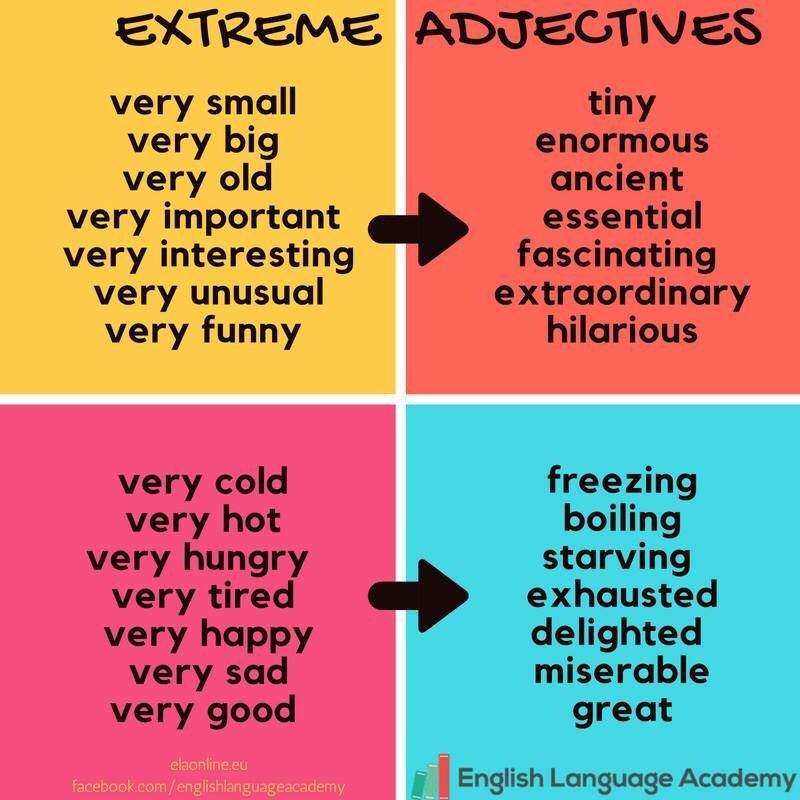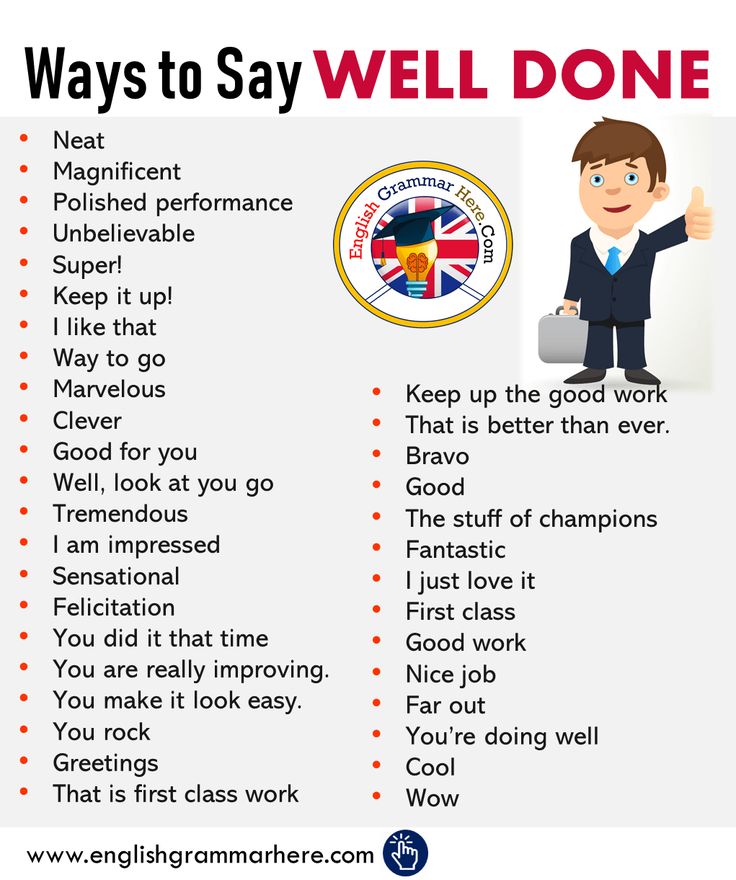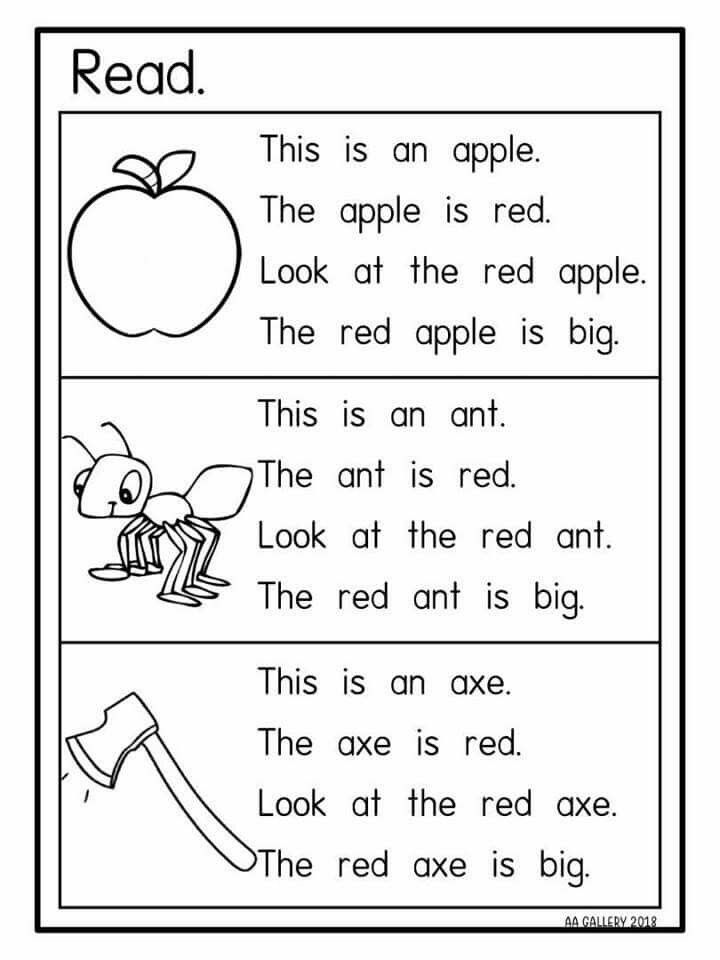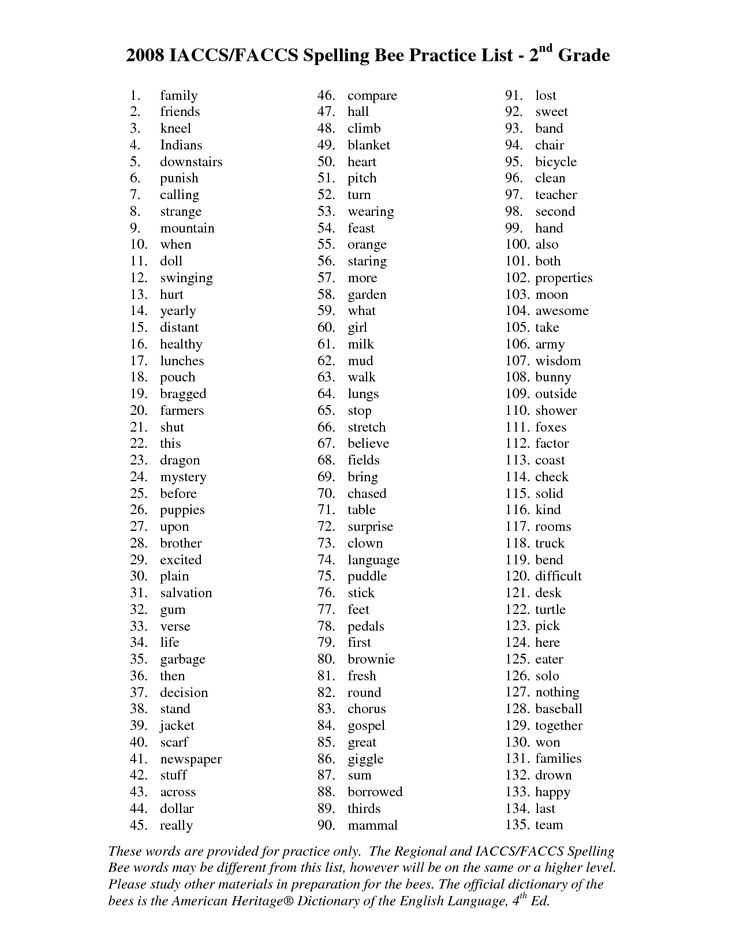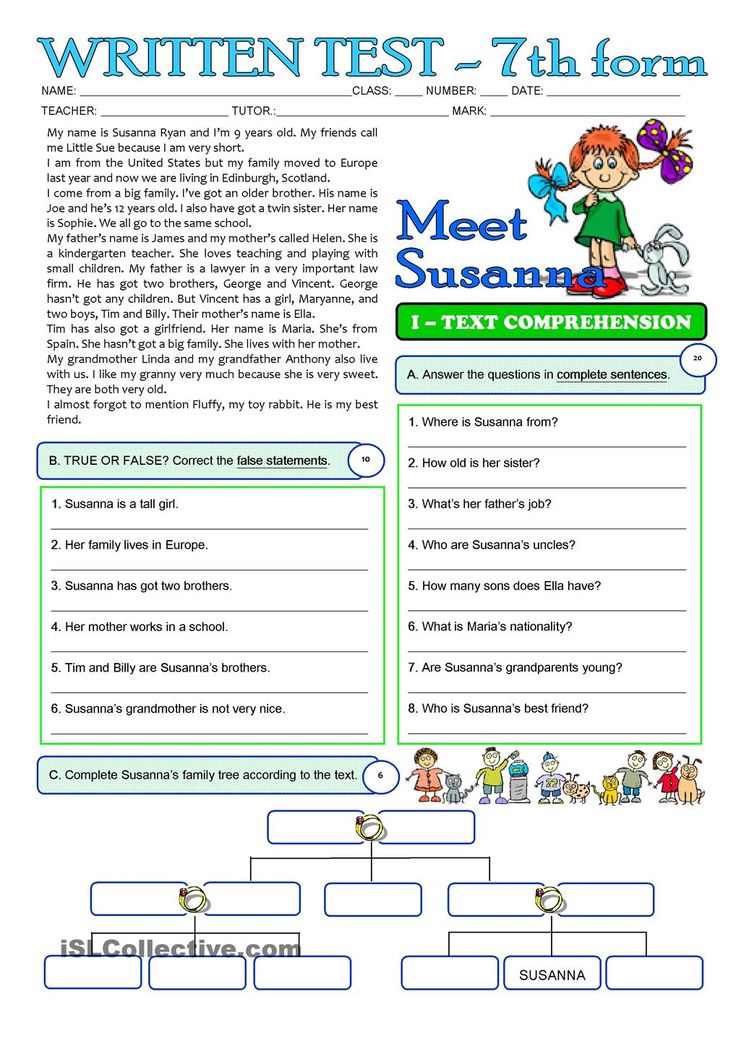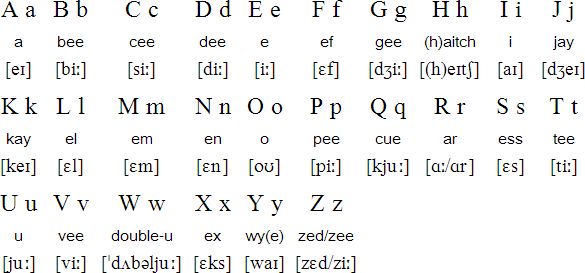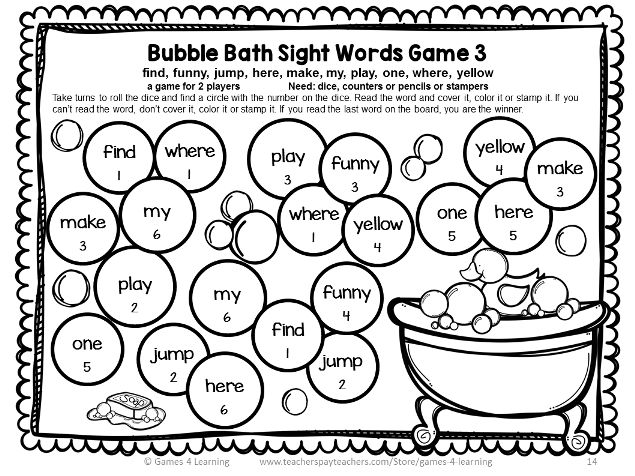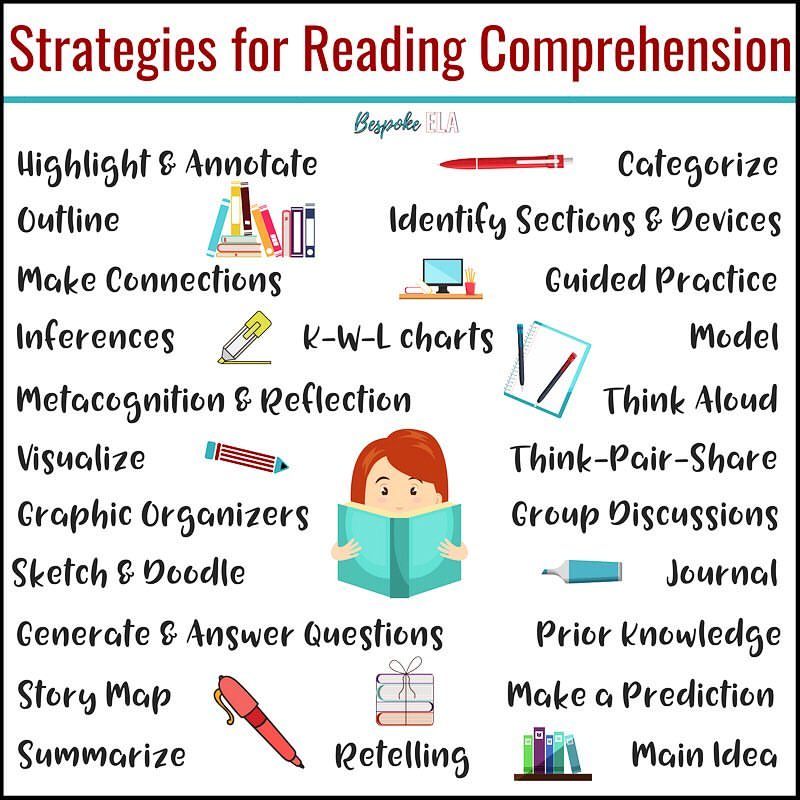Reading comprehension help for 3rd graders
How to Help A Third Grader With Reading Comprehension
Much of the curriculum in kindergarten, first grade, and second grade is focused on decoding, which is the ability to understand the sounds that letters make and blend these sounds together to create words. But in third grade, the curriculum shifts to focus more on reading comprehension.
Reading comprehension is defined as extracting meaning from text. In other words, it’s the ability to understand what you read. Learning how to understand and analyze text is challenging for many children—even those who are strong decoders and fluent readers.
If your third grader is struggling, it’s important to help them overcome this bump in the road so they don’t fall behind. Here’s how to help your third grader with reading comprehension at home:
What Are the Signs Of Poor Reading Comprehension Skills?
The first step in helping your third grader is knowing how to spot the signs of reading comprehension difficulties. After all, it’s hard to help your child improve their reading comprehension skills if you aren’t aware that there’s a problem. Here are some of the signs that could indicate your third grader is struggling with reading comprehension:
- No interest in reading
- Unable to answer questions regarding what they are reading
- Difficulty following a simple set of instructions
- Cannot summarize the main events of a story
- Leaves out important details when discussing what took place in a story
- Retells stories out of sequence, meaning the events are not in chronological order
- Struggles to connect the main ideas of a story
- Poor writing skills
Remember, many children with strong decoding and fluency skills struggle with reading comprehension. Because of this, you should never assume that your child is not experiencing reading comprehension difficulties simply because they are strong readers.
How Can I Improve My Child’s Reading Comprehension?
There are plenty of strategies that you can implement to help your third grader improve their reading comprehension skills at home, including:
- Form A Family Book Club
- Use Graphic Organizers
- Let Your Child Choose
- Tap Into Their Background Knowledge
Form A Family Book Club
Helping your child become a better reader is a team effort, so get everyone in the family to come together for a weekly book club.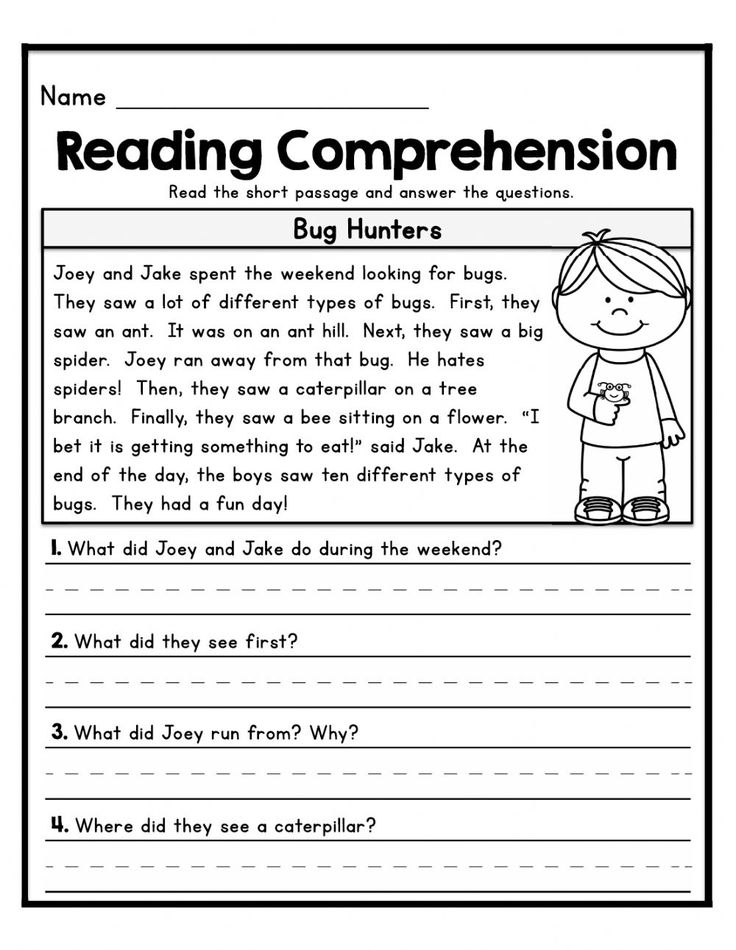 Choose a different book for your family to read every week. Then, bring the family together to discuss the book as a group.
Choose a different book for your family to read every week. Then, bring the family together to discuss the book as a group.
Use this time to ask your third grader questions, share opinions, and make predictions about what would happen next if the story continued. This exercise will help your child improve their reading comprehension skills by challenging them to think about and analyze the text in a new way.
Use Graphic Organizers
If your child is a visual learner, creating graphic organizers is an effective way to help them improve their reading comprehension skills.
For example, work with your third grader to create a Venn diagram that compares and contrasts the two main characters in a book. You can also create this type of diagram to compare and contrast a book to its movie adaptation.
Flowcharts can be useful, too. For instance, create a flowchart that shows the sequence of events that took place in a story. This will help your child break down a complex story, identify the main events, and put them in chronological order to better understand what happened in the text.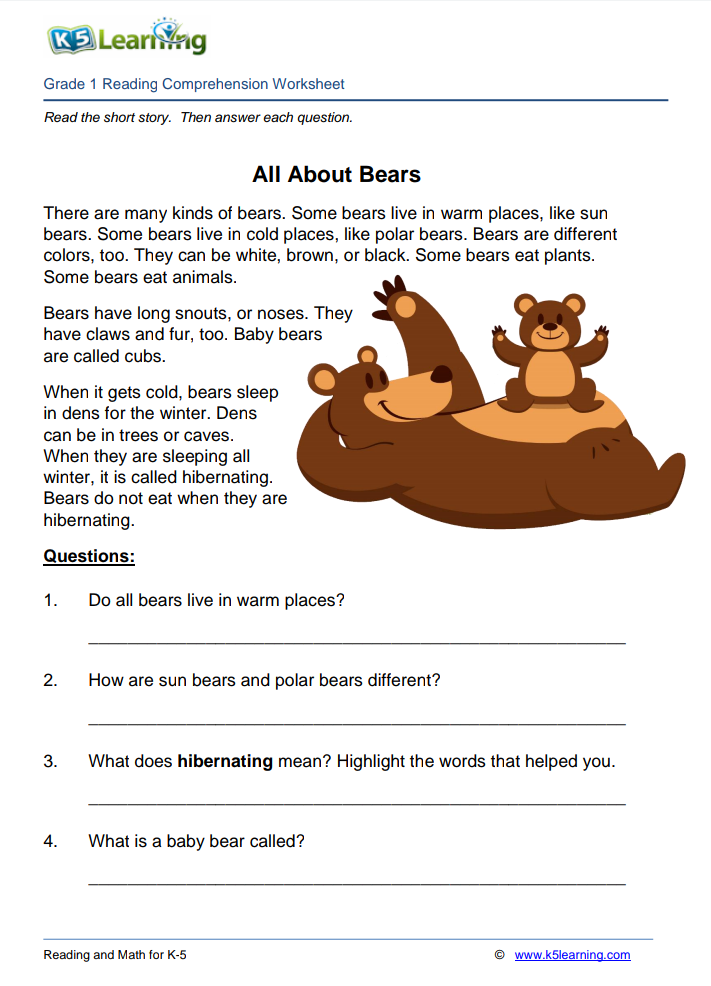
Let Your Child Choose
Some children struggle with reading comprehension simply because they are not interested in what they are reading. To solve this problem, let your child choose their own reading materials. It will be much easier for your child to focus and extract meaning from the text if they are genuinely interested in the topic.
However, make sure the books that your child chooses are on grade level. Trying to understand the text in a book that is too advanced may frustrate your child and hurt their confidence.
Tap Into Their Background Knowledge
Before your child starts a new book, ask them to think about what they are about to read. Encourage them to use their background knowledge on the topic to better understand the text.
For example, say your third is about to read a book about a family that takes a camping trip. Before they begin reading, ask them to talk about what they know about camping. Remind them of the time that your family went camping together and get them to talk about their own experience on this trip.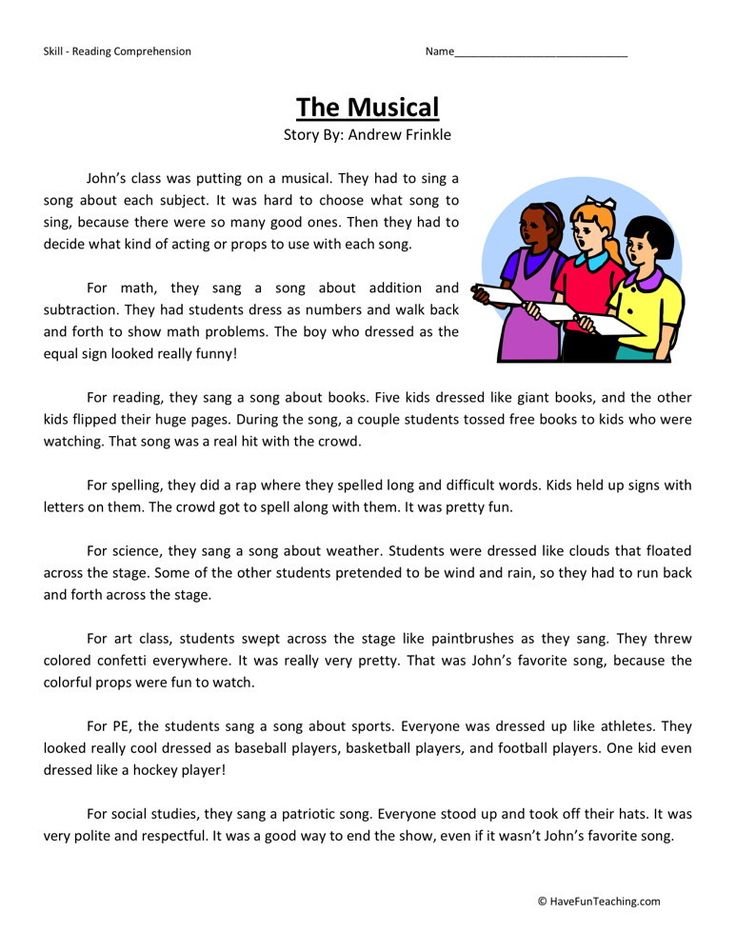
Tapping into this background knowledge will help them extract more meaning from the text once they begin reading.
What is the Best App to Improve Reading Comprehension?
Let your third grader work on their reading comprehension skills anytime, anywhere with the Readability app. This app’s Interactive Voice-Based Questions & Answers feature is designed to test your child’s comprehension and keep them engaged as they read. It is also designed to read aloud to your child, listen to your child read aloud, and correct their pronunciation errors, which can help them improve their decoding and fluency skills.
Get your third grader the reading comprehension help they need to succeed by downloading the Readability app today.
38 Fun 3rd Grade Reading Comprehension Activities
Third grade is a big year for reading comprehension. Your child will gather a deeper understanding of the meaning of what they are reading as they expand their vocabulary skills and build knowledge.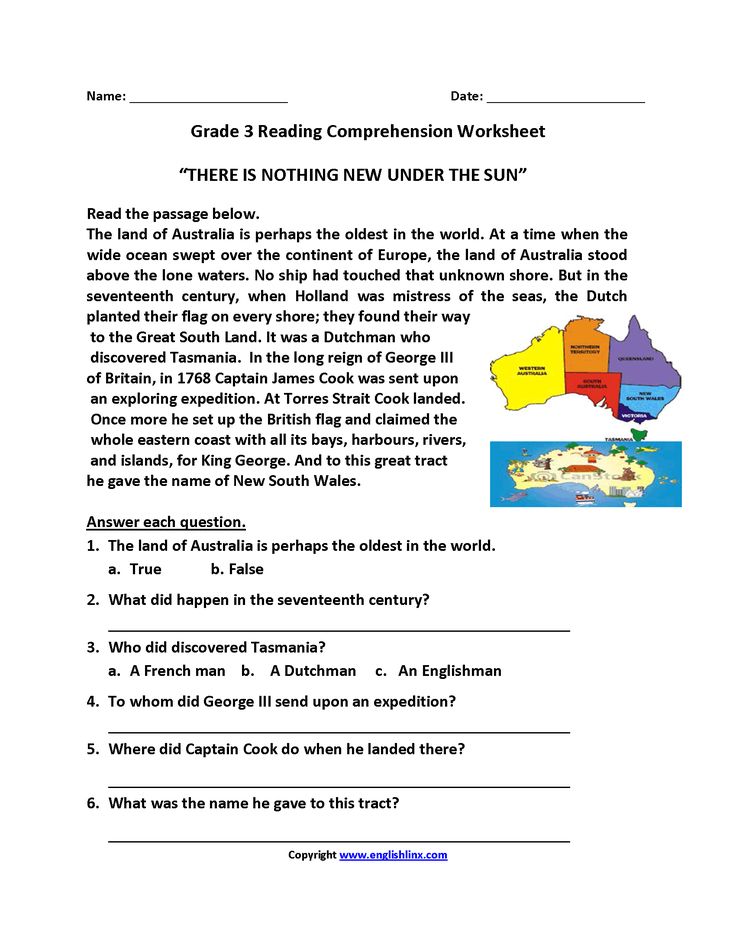 They will also be exposed to more challenging books, articles, poetry, and online research. They will also learn to be more independent learners and thinkers as they receive less assistance from adults. Before the end of third grade, your child should be reading with greater accuracy and fluency. The following activities should assist you as you help your third grader improve his literacy skills.
They will also be exposed to more challenging books, articles, poetry, and online research. They will also learn to be more independent learners and thinkers as they receive less assistance from adults. Before the end of third grade, your child should be reading with greater accuracy and fluency. The following activities should assist you as you help your third grader improve his literacy skills.
1. Sticky Notes Project
3rd grade kids will love this sticky note project that teaches them about character traits. Providing students with a visual representation allows them to more easily compare the traits of different characters. This fun activity will help students think more deeply about characters which will allow them to more deeply understand the meaning of the story they are reading.
Learn more: education.com
2. Book Squares Activity
Sequencing events in a story can often be difficult for 3rd grade students, and this book square activity will help! This activity is a great way to help your child take essential story details and place them in chronological order.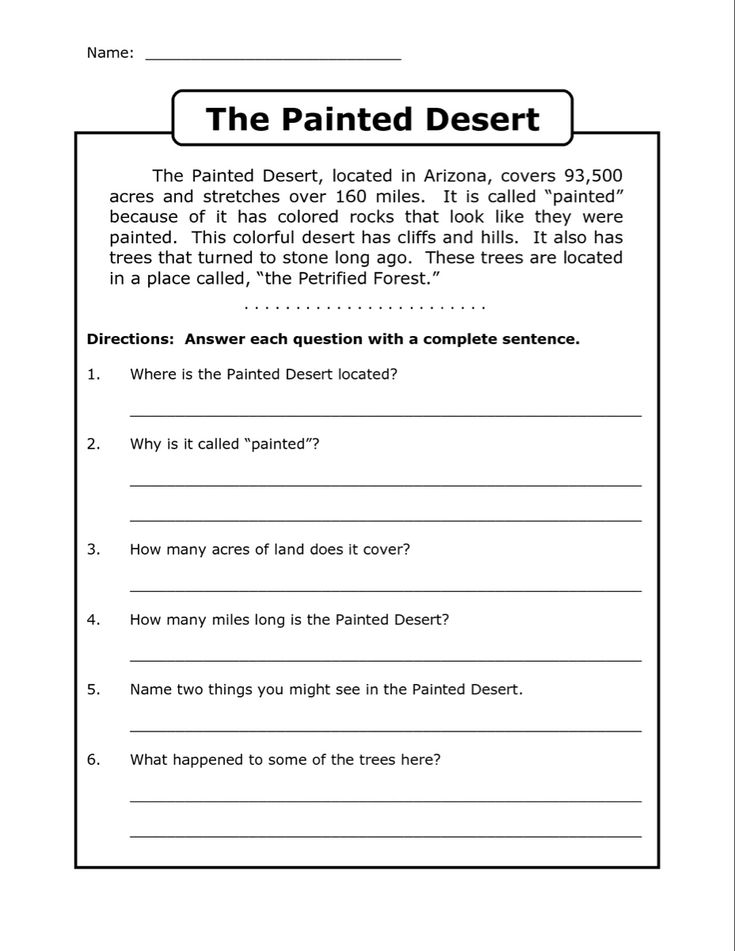 Another great thing about the book square is that it can later be used as a bookmark!
Another great thing about the book square is that it can later be used as a bookmark!
Learn more: education.com
3. Beach Ball Comprehension
This beach ball activity will quickly become one of the favorite games of your 3rd graders. All you need is a permanent marker and a few beach balls. Write questions on the balls for your students to answer about their favorite book. Include comprehension questions about setting, characters, predictions, connections, problems, and solutions.
Learn more: conversationsinliteracy.com
4. Teach Students to Visualize
This 3rd grade reading comprehension activity allows students to focus on text visualization which is a crucial strategy in increasing reading comprehension skills. This lesson utilizes an anchor chart, listening skills, and a descriptive book. Learn more about the details of this activity here.
Learn more: raisethebarreading.com
5.
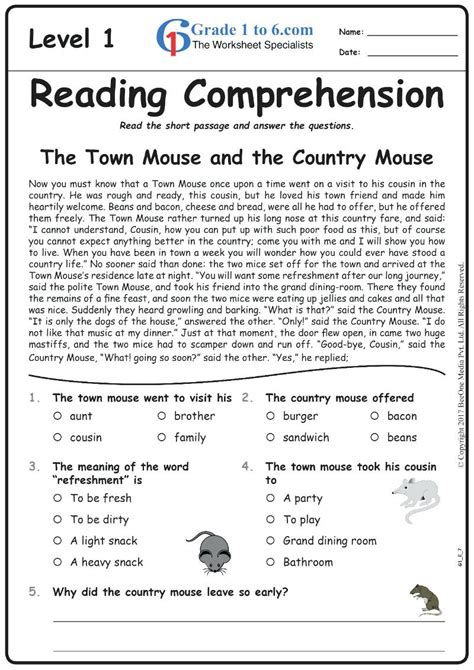 Creepy Carrots Inference Activity
Creepy Carrots Inference Activity This engaging activity is great for entertaining readers. Your 3rd graders will have a lot of fun as they learn about inference skills. This one-day lesson plan includes a lesson script, questions, and writing task instructions.
Learn more: thelemonadestandteacher.com
6. Animal Style Reading Comprehension Strategies
These engaging and fun reading comprehension strategies teach 3rd graders how to ask questions, make predictions, and draw conclusions. They are able to use animals to learn essential reading skills through entertaining poems. Learn more about these strategies here.
Learn more: ateachableteacher.com
7. Main Idea and Details Sentence Sort
This engaging activity can help students understand how details support the main idea of a story. Students will be given sentences from a paragraph that are out of order, cut apart from one another, and all mixed up.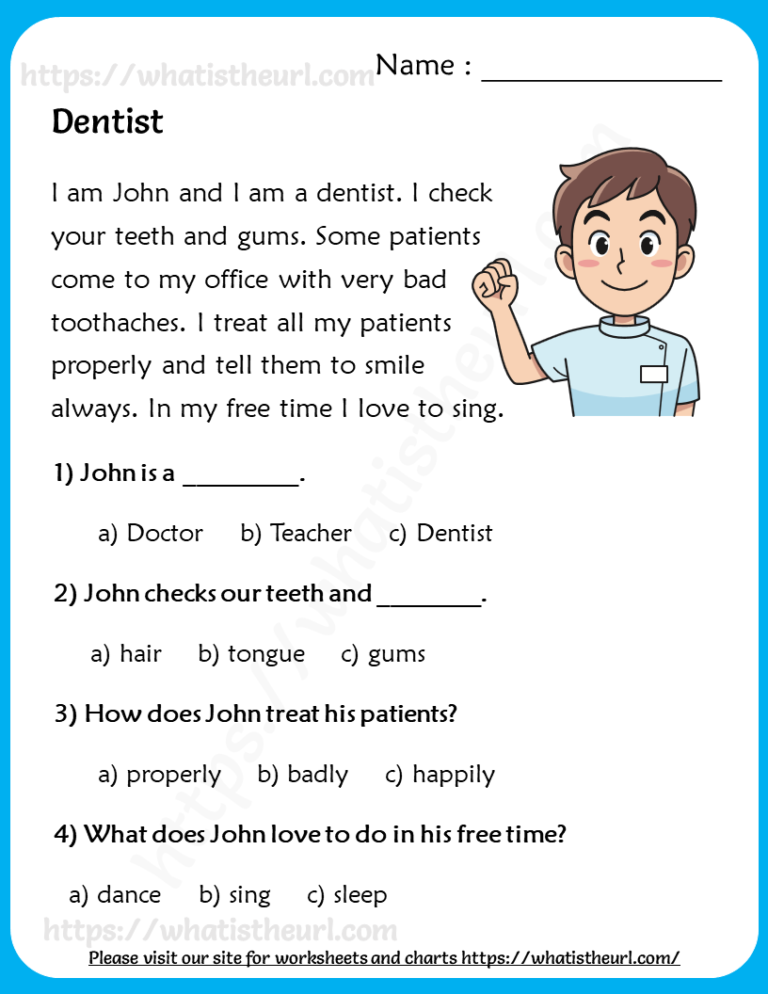 Your 3rd grader must use critical thinking skills to put the paragraph together correctly.
Your 3rd grader must use critical thinking skills to put the paragraph together correctly.
Learn more: thriftyinthirdgrade.com
8. Sentence Frames for Reading Responses
An essential skill for 3rd grade students to master is effectively responding to the text they are reading. Often, students struggle with writing accurate and meaningful responses to the texts they are reading. Providing the students with sentence frames teaches them how to write more accurate and meaningful responses.
Learn more: upperelementarysnapshots.com
9. Reading Comprehension Book Marks
This is one of the best reading comprehension tools you will find. These free bookmarks are terrific for helping 3rd graders improve reading retention as well as aid students in the practice of note-taking. These bookmarks are terrific for fiction stories and non-fiction books.
Learn more: 123homeschool4me.com
10.
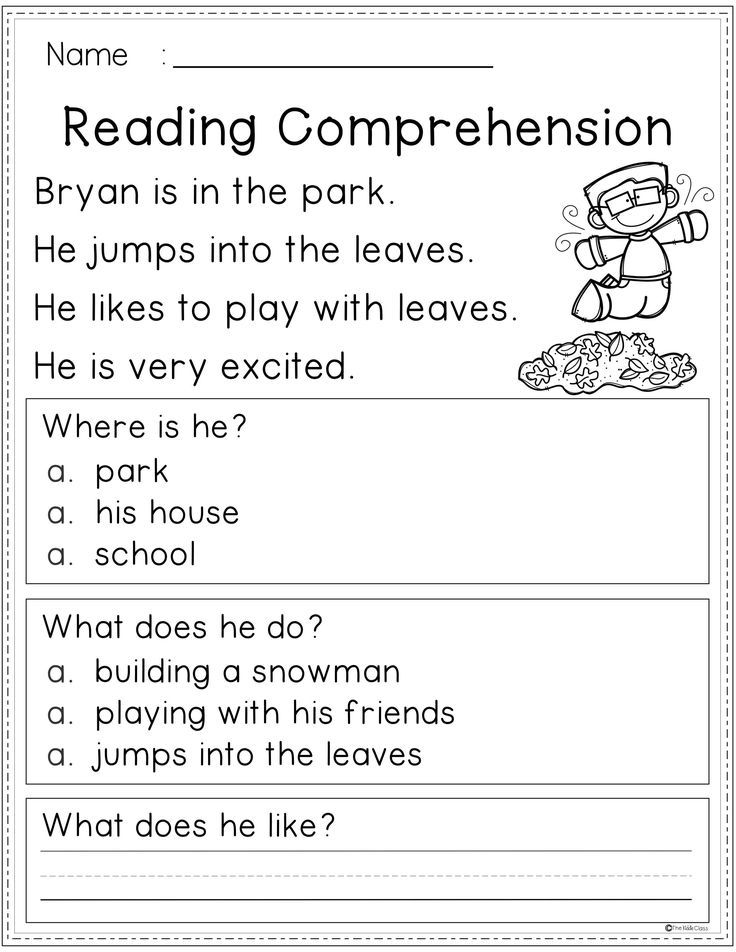 Cootie Catcher for Reading Comprehension
Cootie Catcher for Reading Comprehension This 3rd grade level activity is an engaging and fun lesson that will definitely entertain your readers. The cootie catcher activity contains three versions and can be used with any fictional book. Find out more about this activity here.
Learn more: classroomgamenook.blogspot.com
11. Listening Comprehension
Listening comprehension benefits our kiddos in so many ways. This allows students to focus on how well they can really listen. It also helps teachers to assess and understand where their kiddos are at. While audiobooks are a great choice, this Youtube reading passage has been specially formulated to help your kiddos develop 3rd grade reading concepts and skills.
Learn more: Listen and Learn English
12. Main Ideas and Details
Save time while preparing for your next lesson and tune into this video. This video not only gives a great overview of the main ideas and details but also provides plenty of structure to build some classroom visuals with your class.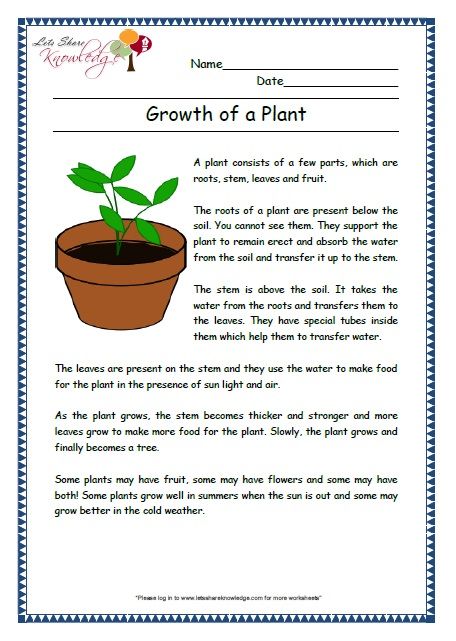
Learn more: Carson Dellosa Education
13. Hamster Hide and Seek Poem
Video not specified. Please select one to display.
Reading poems is quite a fun and engaging fluency project. This video is great because it walks you and your kiddos through a repeated reading lesson. It's great to also be sent home with struggling readers and parents can easily work through the video with them!
Learn more: Astute Hoot
14. Third Grade Test Prep
It's never easy teaching test prep to third graders. Especially when you have a class of 20, on all different levels. Finding advanced stories, while also working with your lower levels can be difficult. This video provides a great video that will help to enhance your digital classroom by incorporating critical thinking skills and comprehension prep.
Learn more: Hype Math
15. Guess Who? Guess What? Guess The Word!
View this post on Instagram
A post shared by Kelsey- Teaching Tips Teaching Advice (@myclassbloom)
This is a super fun twist on the classic Guess Who game. Help your third grader practice their reading skills in a fun and engaging way. This can work with centers and games for free time. Students will absolutely love when this board game comes out.
Learn more: My Class Bloom
16. Context Clues and Cookies
View this post on Instagram
A post shared by Jenn Larson | Teacher (@theteachernextdoor)
Providing students with plenty of visuals is vital to a successful reading space. This activity helps boost literacy skills among your third graders.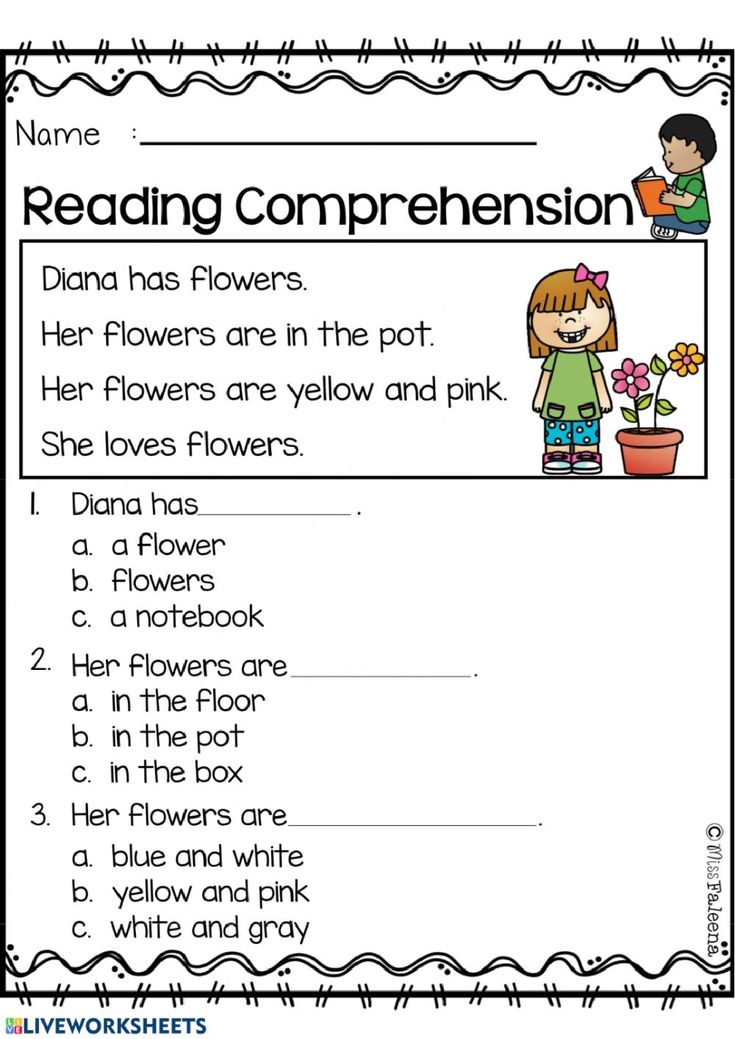 Make this poster together as a class and then pair it with some favorite comprehension activities to practice context clues.
Make this poster together as a class and then pair it with some favorite comprehension activities to practice context clues.
Learn more: The Teacher Next Door
17. Predict It
View this post on Instagram
A post shared by Jodi Durgin (@starts_with_a_story)
Is it time for teaching predictions? But you can't seem to find the perfect book for your classroom? Sparky! Is an amazing book for teaching predictions in the third-grade classroom. Students will love reading along and predicting what is going to happen next.
Learn more: Starts with a Story
18. Fluency Reminders
View this post on Instagram
A post shared by Aylin | Elementary Literacy (@literacywithaylinclaahsen)
If you have a fluency center, then this is a great addition to that.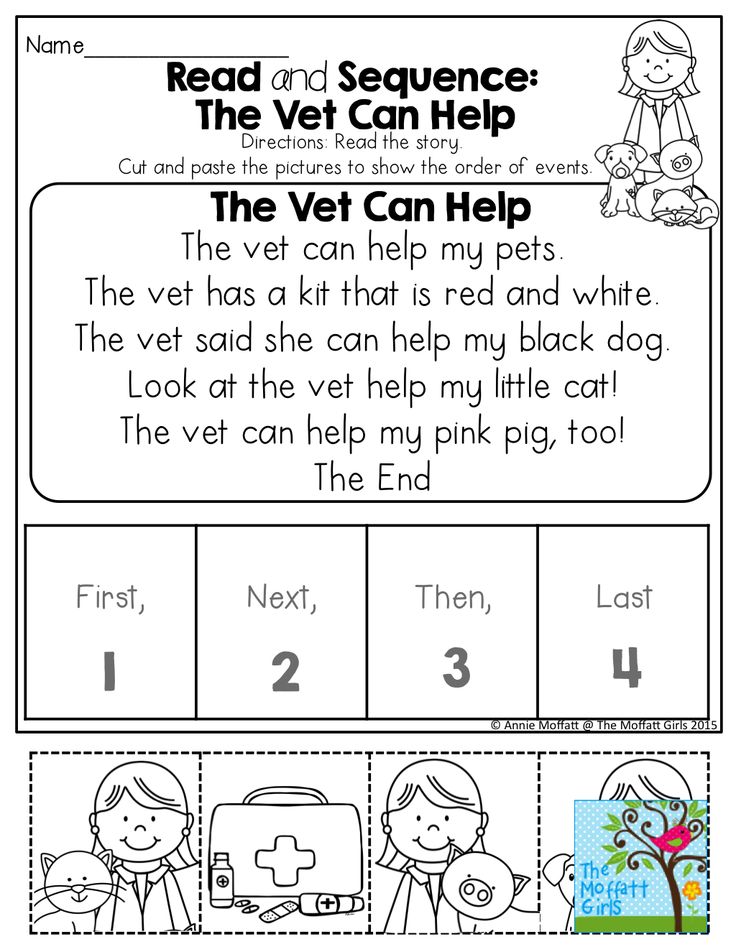 If not, you can totally still use this reminder sheet. Whether you create your very own classroom poster or send it home with kiddos to remind parents about focusing on fluency. Whichever works for your classroom, it's a great resource to add to the books.
If not, you can totally still use this reminder sheet. Whether you create your very own classroom poster or send it home with kiddos to remind parents about focusing on fluency. Whichever works for your classroom, it's a great resource to add to the books.
Learn more: Literacy with Aylin Claahsen
19. Lucky Days
View this post on Instagram
A post shared by Christen Fauntleroy (@handsonlearningllc)
If you're looking for the perfect Saint Patrick's Day activity, here it is! Include this in your March madness activities. Focusing on Main Idea and key details, these printable worksheets will be engaging to all of your students.
Learn more: Hands On Learning LLC
20. Practice Transitions
View this post on Instagram
A post shared by gabby🍩 (@thedonutclass)
Get your third grade class moving with their transitions! Use a book that is directly aimed toward the 3rd grade reading level like How to Catch a Leprechaun. Your students will be engaged and totally ready to fill out the worksheet.
Learn more: The Donut Class
21. Compare and Contrast
View this post on Instagram
A post shared by Kristi - Third Grade Teacher (@abramacademics)
Comparing and contrasting is one of the most important concepts your kiddos will learn about in third grade. It's important to provide students with books that they will both be engaged in and easily be able to compare! These two books along with this simple worksheet are great for exactly that.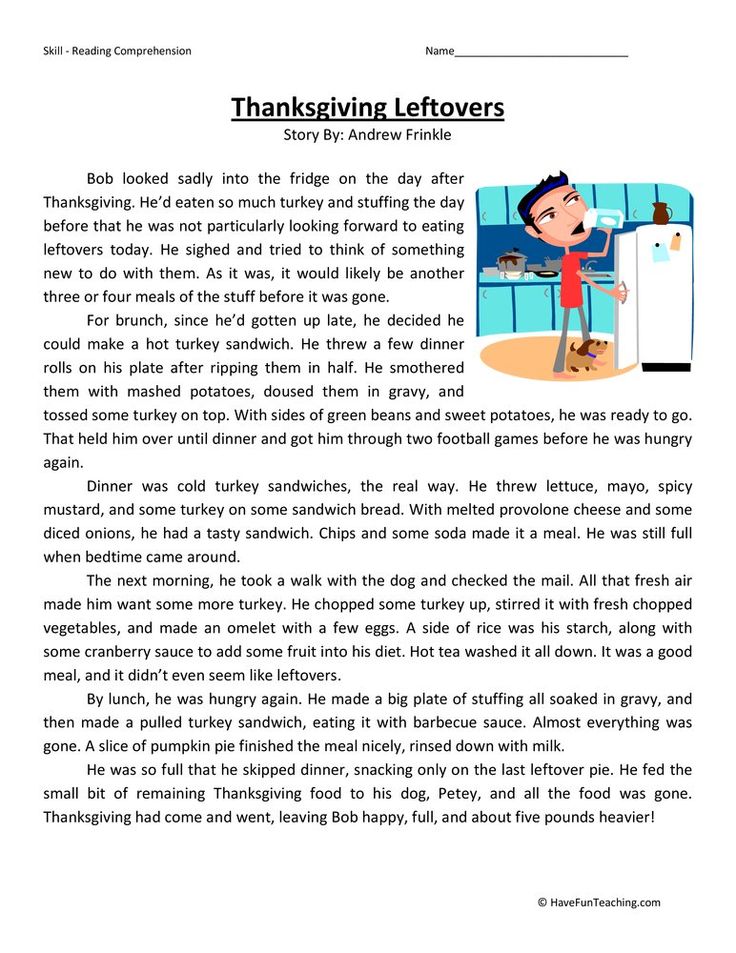
Learn more: Abram Academics
22. Teaching Vocabulary
View this post on Instagram
A post shared by Kayleigh Gray (@lifeofaformerthirdgradeteacher)
Teaching vocabulary and sight words can get more and more difficult as your students get older. Not only are the words more challenging, but students need a bit more stimulation to be totally engaged. These vocabulary vipers are amazing to teach both vocabulary and sight words! They also make a super cute classroom decoration for a word wall.
Learn more: Life of a Former Third Grade Teacher
23. Flip Books
View this post on Instagram
A post shared by Christen Fauntleroy (@handsonlearningllc)
Who doesn't love a good flip book? I swear by them because my students love making them.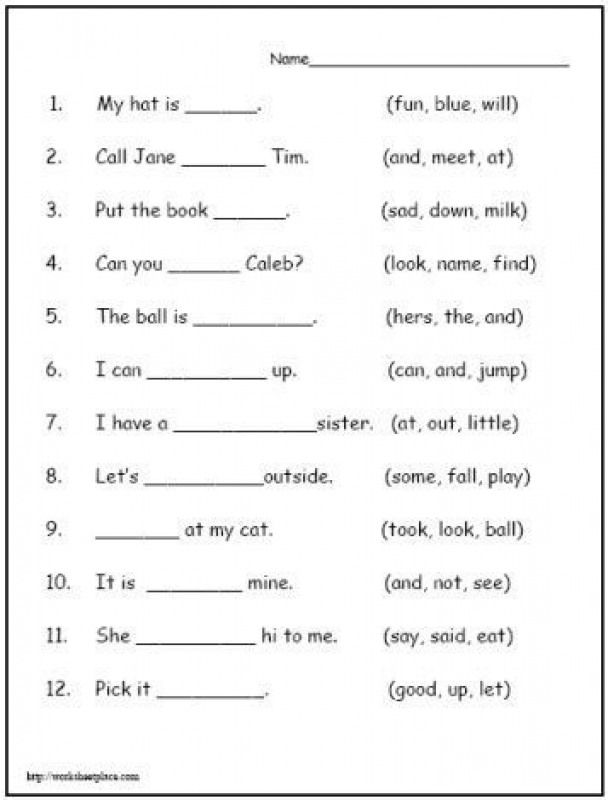 This flipbook is filled with different comprehension passages. Whether you need a fiction or non-fiction reading passage, equip them in your very own flipbook! Watch students work vigorously to finish and decorate their beautiful books.
This flipbook is filled with different comprehension passages. Whether you need a fiction or non-fiction reading passage, equip them in your very own flipbook! Watch students work vigorously to finish and decorate their beautiful books.
Learn more: Hands On Learning LLC
24. Vocabulary Assessments
View this post on Instagram
A post shared by 3rd Grade Teacher (ELA) (@third_grade_word_bird)
There's no doubt that assessments are a pretty big controversy right now, but sometimes they're just necessary. Especially when it comes to vocabulary. Vocabulary can be really difficult for students, but also essential for them to have proper reading fluency skills.
Learn more: Third Grade Word Bird
25. Informational Reading
Sand Cat is the perfect brief, non-fiction passage for any third grade classroom! It comes with comprehension questions as well.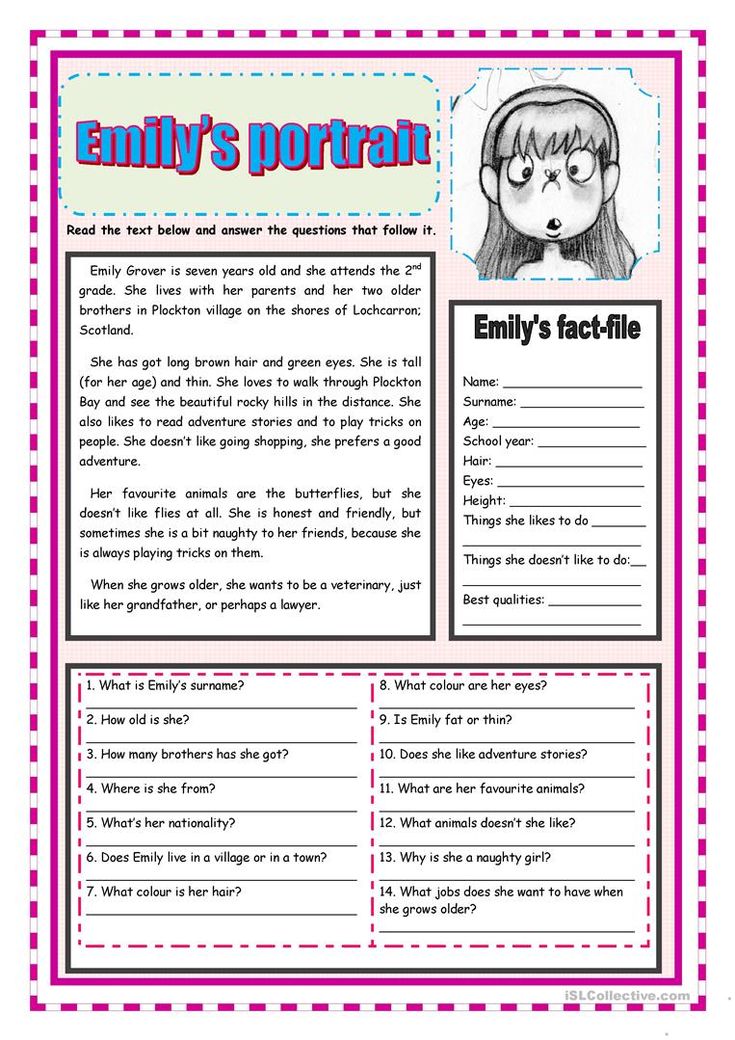 If you're looking for a quick comprehension package, then here it is. Low prep and engaging for your kiddos.
If you're looking for a quick comprehension package, then here it is. Low prep and engaging for your kiddos.
Learn more: Teachers Pay Teachers
26. Improve Fluency
View this post on Instagram
A post shared by Natalie (@natalie_in_third)
Improve your students reading fluency with these reading bookmarks! They can either be used solely as bookmarks or they can be used to follow along while reading. Students will love the different colored films to help highlight what is being read.
Learn more: Natalie in Third
27. Build the Word
View this post on Instagram
A post shared by Cecelia B (@the_literacy_lady)
Building on your student's phonics skills is another important aspect of teaching reading comprehension.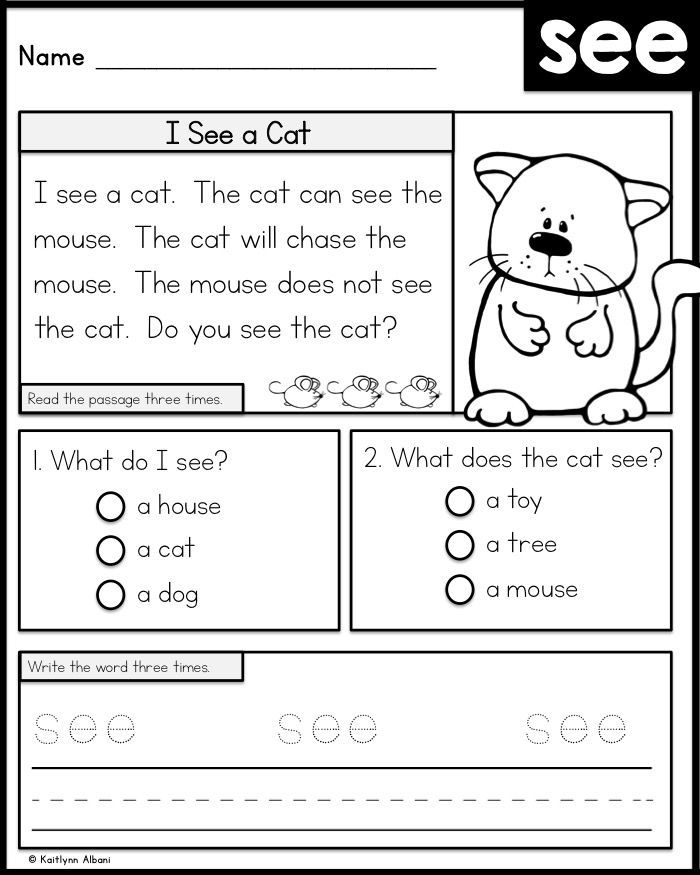 When students are able to quickly put together words, their fluency skills are automatically heightened. This is a great activity to work with your students on suffixes.
When students are able to quickly put together words, their fluency skills are automatically heightened. This is a great activity to work with your students on suffixes.
Learn more: The Literacy Lady
28. Story Maps
View this post on Instagram
A post shared by Jenn Larson | Teacher (@theteachernextdoor)
As students become more and more skilled with their comprehension strategies, it's time to put them to work. Use a story map to combine all of the skills learned throughout a comprehension unit to assess students' skills and levels.
Learn more: The Teacher Next Door
29. Reading Detective
Although this may not be a freebie, it's totally worth it. Your students will absolutely love to become detectives and make inferences from different texts.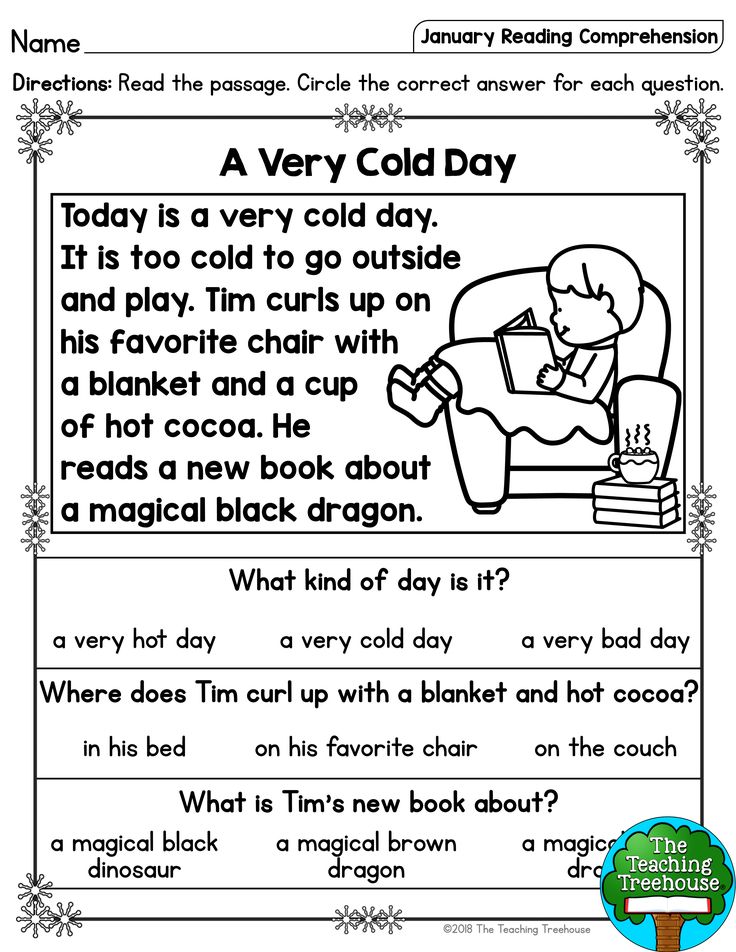 This is highly engaging for all students.
This is highly engaging for all students.
Learn more: Teachers Pay Teachers
30. Social Studies Reading
View this post on Instagram
A post shared by Ashleigh | TPT (@ashleigheducationjourney)
This reading passage is great for integrating cross-curriculum lessons into your classroom. Students will love to mark up their papers.
Learn more: Ashleigh Education Journey
31. Book Reports
View this post on Instagram
A post shared by Alexandra (@terrificteachingtactics)
Book reports are super beneficial for third graders.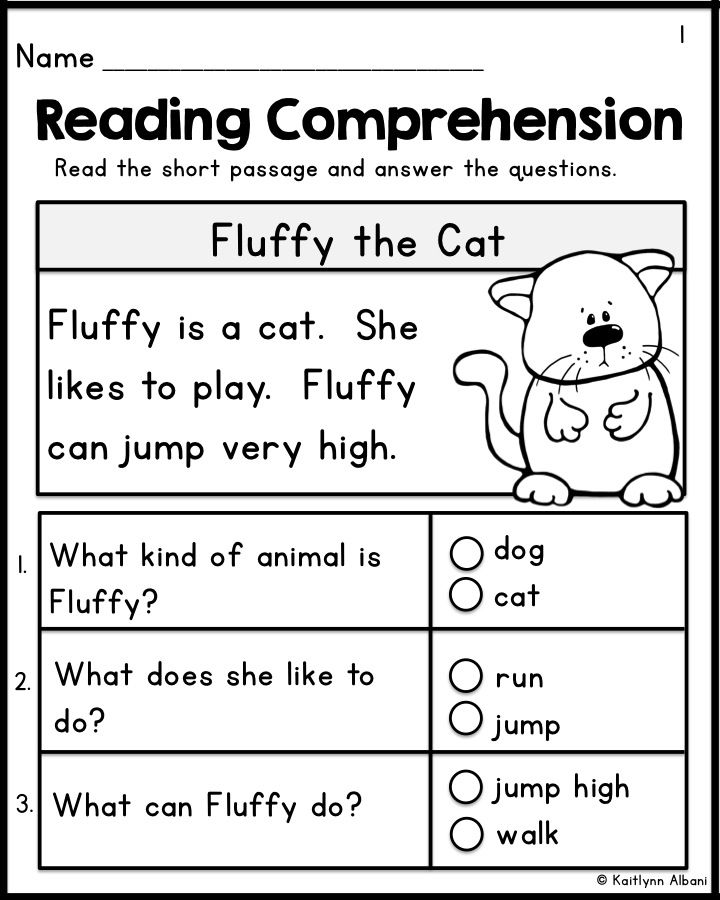 Not only do they help readers to understand what they've read, but to also put it into words and pictures. This hits all of the different reading comprehension skills and students will also love to share their book reports with others.
Not only do they help readers to understand what they've read, but to also put it into words and pictures. This hits all of the different reading comprehension skills and students will also love to share their book reports with others.
Learn more: Terrific Teaching Tactics
32. Novel Studies
View this post on Instagram
A post shared by Miss.Kayla's Star Students (@miss.kaylasstarstudents)
Novel studies have so many benefits it's hard to list them all in such a short paragraph. Not only do they build on different comprehension skills, but they also build a special community in the classroom. Providing students with novel studies packets and stories will keep them talking, working together, and best of all, reading together.
Learn more: Miss Kyla's Star Students
33.
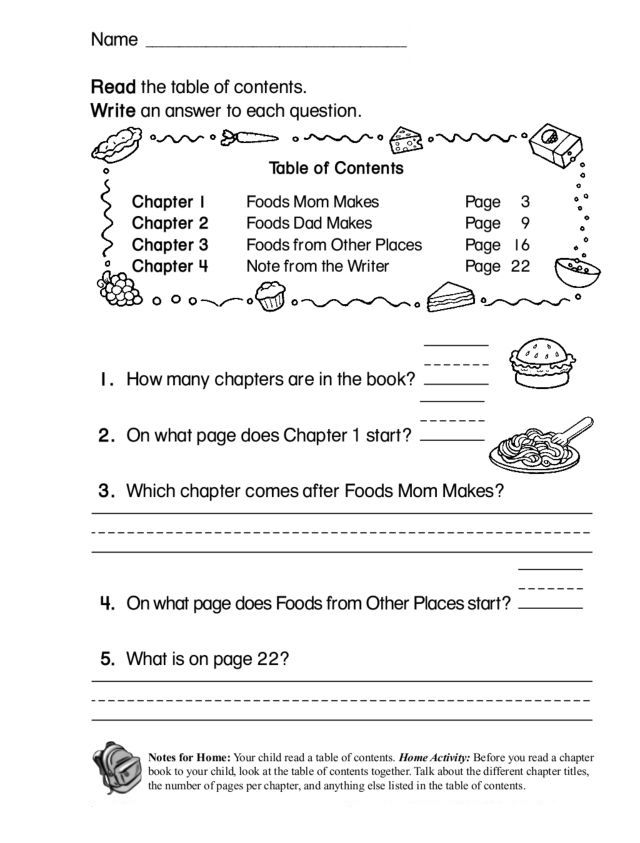 Vocabulary Puzzles
Vocabulary Puzzles View this post on Instagram
A post shared by Third Grade Teacher (@missvin3)
Vocabulary puzzles are super fun and engaging. They can really be created using any words. Type your words on a paper and use puzzel.org to play around with creating different puzzle pieces. It's super simple to laminate and to use again and again.
Learn more: Miss Vin 3
34. Author's Purpose
View this post on Instagram
A post shared by Jodi Keever (@keevers_crew)
Building anchor charts in the classroom are beneficial for both you and your students.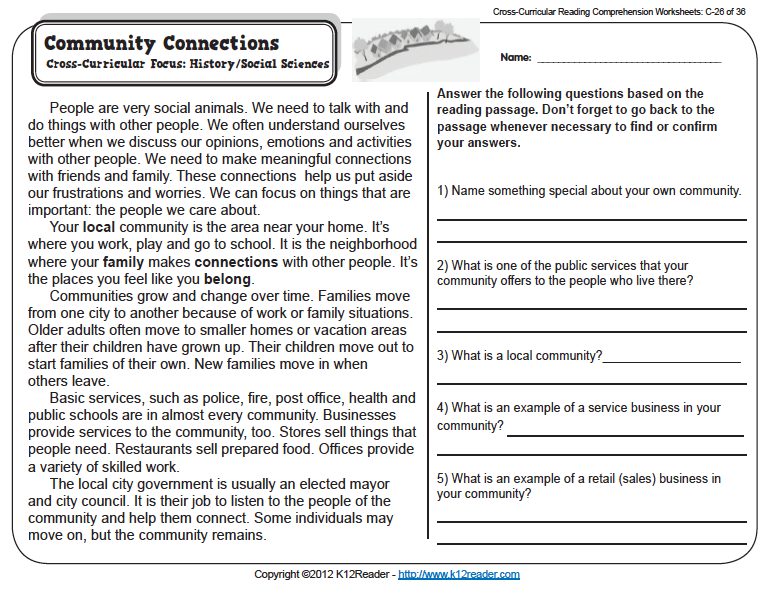 It's mainly important to stay on task throughout the entire lesson and allow your kiddos to add their input as you go. Don't forget to refer back to the anchor chart throughout your entire unit.
It's mainly important to stay on task throughout the entire lesson and allow your kiddos to add their input as you go. Don't forget to refer back to the anchor chart throughout your entire unit.
Learn more: Keever's Crew
35. K.W.L. Chart
View this post on Instagram
A post shared by Mallory Homuth (@mrs_homuth)
Balloons Over Broadway is a great introduction to K.W.L. charts for your students. This is something that students do have some background knowledge about and they also can easily come up with questions to ask! There's no doubt your students will use these charts for many years to come.
Learn more: Mrs. Homuth
36. Book Talk Wall
View this post on Instagram
A post shared by Victoria McGehee (@thekentuckyteacher)
Building a book talk wall will help to enhance students' vocabulary. Whether you go over the word daily, refer to them throughout your lessons, or just want students to look during downtime, the book talk wall is sure to have a positive influence on them.
Learn more: The Kentucky Teacher
37. Flower Vocabulary
View this post on Instagram
A post shared by GuideTeachInspire (@guideteachinspire)
Finding different ways to break down vocabulary words is an easy way to help students gain fluency. With better vocabulary knowledge, comes better fluency, and with better fluency comes better comprehension.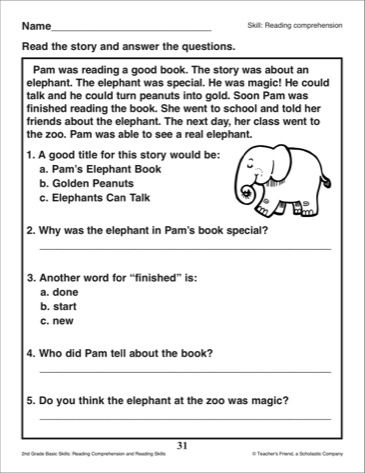 It's all connected. Find different ways to enhance your student's vocabulary-building skills, like these flowers.
It's all connected. Find different ways to enhance your student's vocabulary-building skills, like these flowers.
Learn more: Guide, Teach, Inspire
38. Random Wheel
Last, but certainly not least is the random wheel. This wheel can be created and modified to whichever words you're using in your lessons. Whether you want to use it for a game show, bingo or just to practice reading aloud students will love when you pull up the random wheel on your classroom smart board or projector.
Learn more: Worldwall
Concluding Thoughts
Hopefully, these exciting activities will assist you as you help your 3rd graders to more deeply develop their reading comprehension skills. You can supplement these terrific activities with fun stories that will keep students engaged and interested throughout the school year as you prepare them for the 4th grade.
standards for grades and quarters
Reading is a key skill that opens the gate to the land of knowledge for a child.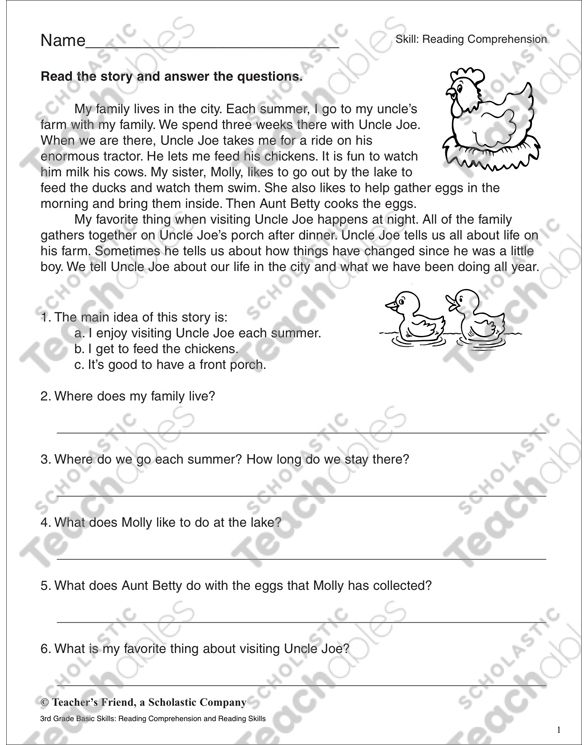 Thanks to this skill, children learn about the phenomena and events of the world around them, get acquainted with the characters and actions of people, meet new problems and ideas. This skill helps them to broaden their horizons and ideas about the world, develops critical thinking and trains cognitive abilities - attention, imagination, memory. Reading is the foundation for further successful learning.
Thanks to this skill, children learn about the phenomena and events of the world around them, get acquainted with the characters and actions of people, meet new problems and ideas. This skill helps them to broaden their horizons and ideas about the world, develops critical thinking and trains cognitive abilities - attention, imagination, memory. Reading is the foundation for further successful learning.
To understand how well a child develops this skill, it helps to check the reading technique. Reading technique is a multifactorial test that characterizes the development of a skill from different angles. In the technique of reading are evaluated:
- reading speed,
- reading method,
- reading awareness,
- correct reading,
- expressiveness of reading.
A difficult reading skill consists of both a technical and a semantic component and is aimed at achieving the main goal - understanding and assimilation of the information read.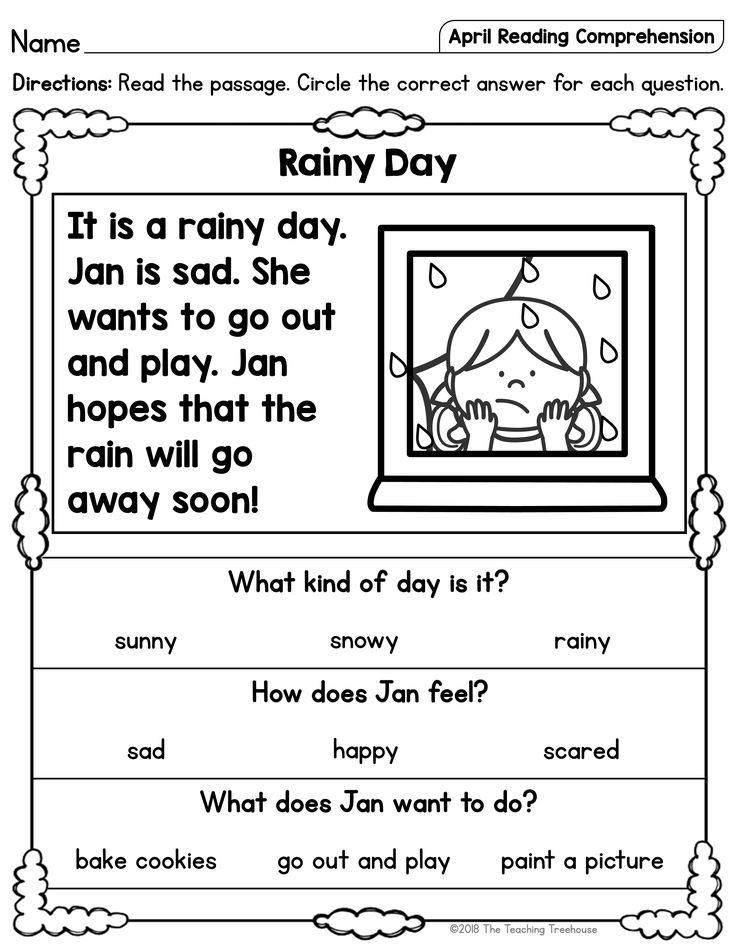
Reading technique parameters
Let's consider all the components of reading technique in more detail.
- Reading speed - the number of words read in a certain period of time. Often, parents focus on the formation of fluent reading, while the child makes many mistakes, does not understand and does not remember what he read. It is not necessary to force only speed, slower conscious reading and a gradual increase in tempo are better than fast mechanical reading with errors and inaccuracies.
- Way of reading — syllabic reading or reading the whole word, smoothly. With the development of the skill, the child has a gradual transition from syllabic reading to smooth reading in whole words.
- The correct reading of is characterized by the absence of errors and hesitation. Inattention, problems of diction lead to inaccurate reading, indistinct articulation and, as a result, to a distortion of meaning. Pay attention to the correct reading - this will be the key to competent writing.
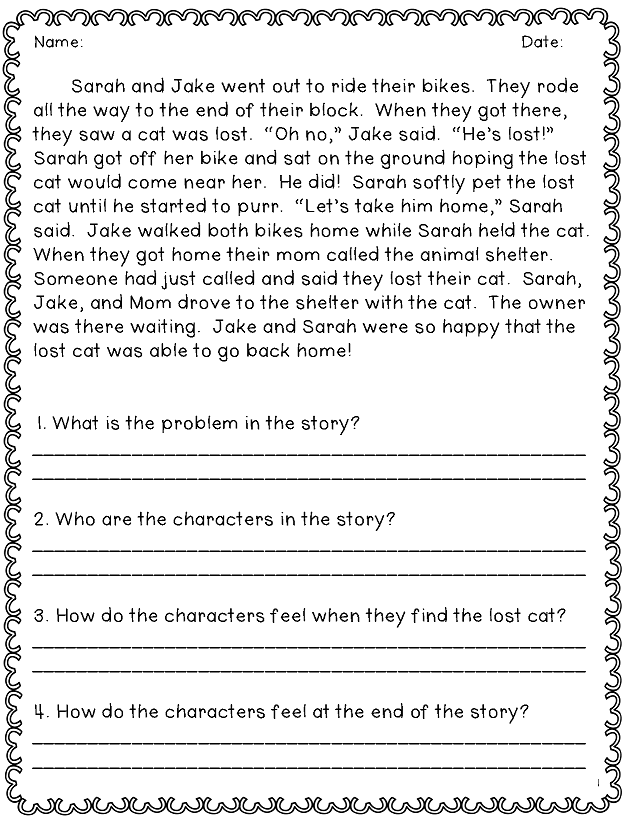
- Reading awareness involves reading comprehension, awareness of the idea and meaning of the text, and in the future - this is the ability to catch the subtext, humor, irony, the attitude of the author. Interfering with reading comprehension can be low reading speed, distorted reproduction - guessing words, changing the shape of words, not reading endings.
- Reading expressiveness - the use of pauses, finding the right intonation, the correct placement of stresses. The expressiveness of reading is inextricably linked with awareness. When understanding what is read, it is easier for the child to observe the necessary pauses, select the correct intonation and place logical stresses.
Reading speed standards for elementary school
GEF standards determine the desired reading speed for a child by a certain point in learning, help to understand whether the development of a skill is successful or whether additional attention is required.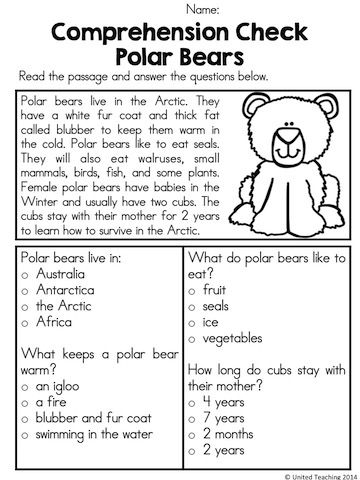 Standards - indicative values; it is important to take into account the individual psychophysiological characteristics of each child and evaluate the growth of his personal indicators.
Standards - indicative values; it is important to take into account the individual psychophysiological characteristics of each child and evaluate the growth of his personal indicators.
Grade 1 reading speed standards
Reading speed standards in grade 2
Reading speed standards in grade 3
Reading velocity
Reading speed, to which it is necessary schools, is reading at the speed of conversational speech, 110-120 words per minute. The human articulatory apparatus has adapted to this speed over time. And most importantly, the reading should be conscious, correct, expressive.
Other parameters of reading technique
Grade 1
At the end of the first half of the year. Reading is smooth syllabic, conscious and correct, with a clear pronunciation of syllables and words.
At the end of the second half of the year. Reading is conscious, correct, simple words are read as a word.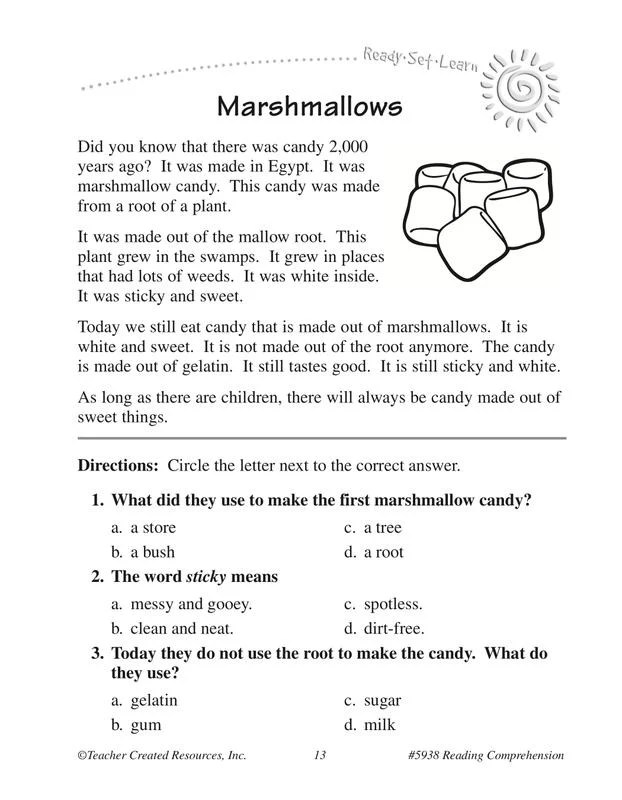 Words with a complex syllabic structure can be read syllable by syllable.
Words with a complex syllabic structure can be read syllable by syllable.
Grade 2
At the end of the first half of the year. Reading consciously, correctly, in whole words. Compliance with logical stresses. Compound words can be read syllable by syllable.
At the end of the second half of the year. Reading meaningful, correct, in whole words. With observance of logical stresses, pauses and intonations. Syllabic reading is undesirable.
Grade 3
At the end of the first half of the year. Reading consciously, correctly, in whole words. With observance of pauses and intonations, with the help of which the child expresses an understanding of the meaning of what is being read.
At the end of the second half of the year. Reading consciously, correctly, in whole words. With observance of pauses and intonations, through which the child expresses understanding of the meaning of what is being read.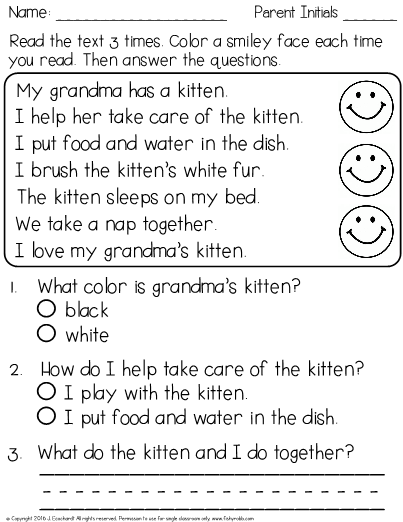
4th grade
At the end of the first half of the year. Reading consciously, correctly, in whole words. With the help of observed pauses and intonations, the child not only expresses an understanding of the meaning of what is being read, but is able to express his attitude to what he has read.
At the end of the second half of the year. Reading consciously, correctly, in whole words. With observance of pauses and intonations, through which the child expresses an understanding of the meaning of what is read, and his attitude to the content of what is read.
How can I test my child's reading skills on my own?
Have your child see how well they read already. Children usually love to know how many centimeters they have grown, and they may also be interested in knowing their progress in reading. Warn about the upcoming test and ask the child to read quickly.
The control of reading technique in sensitive children who, due to their temperament, can hardly tolerate various tests, can be carried out imperceptibly or in the form of a game.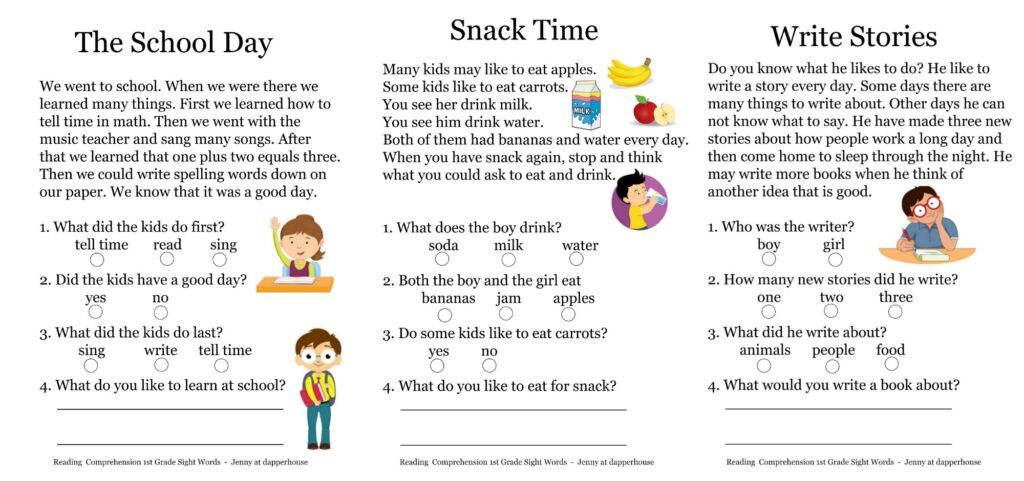 Do not create unnecessary excitement around the upcoming test, do not arrange a test in the form of an exam. If the child is worried, stutters, transfer control to another time.
Do not create unnecessary excitement around the upcoming test, do not arrange a test in the form of an exam. If the child is worried, stutters, transfer control to another time.
Verification process:
- Prepare a clock with a second hand or use the stopwatch on your phone, and choose the appropriate text.
- Ask the child to take a seat.
- Show him the text and ask him to read it aloud.
- Track the time from the moment your child starts reading. Not all children are able to immediately start reading on command, which leads to inaccurate results.
- Usually, one minute is noted for checking, but some experts recommend taking 2 minutes for monitoring, since not all children are equally quickly included in the work. Divide the result obtained in 2 minutes in half.
- Do not correct or interrupt while reading. It is better to discuss the mistakes made after the child has finished reading.
- Assess the speed, correctness, awareness and expressiveness of reading.
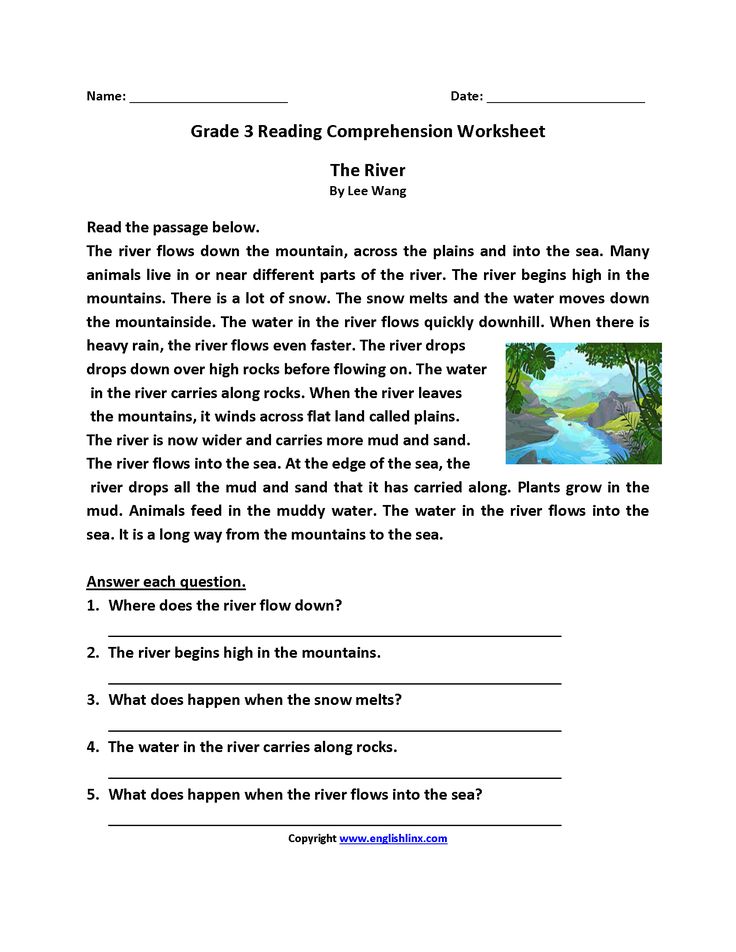
- Retest and compare results. Reading technique may differ depending on the child's fatigue, health status and mood.
Which text is suitable for verification?
Both fiction and non-fiction texts appropriate for the child's age are suitable for this purpose. The text should be unfamiliar, but understandable to the child, have educational and educational value. The texts of V. Bianchi, L. Tolstoy, N. Nosov, B. Zhitkov, K. Ushinsky, V. Dragunsky are suitable. The text for verification can be found in special manuals or in a textbook on the Russian language and literature.
You should find the text that is located on the spread of the book so that the child does not have to waste time turning pages. Choose text without an abundance of punctuation marks and distracting illustrations. It is not desirable that the passage contains common complex sentences and dialogues. The font must be large enough and legible. The text should not have a technical focus and contain terms incomprehensible to the child.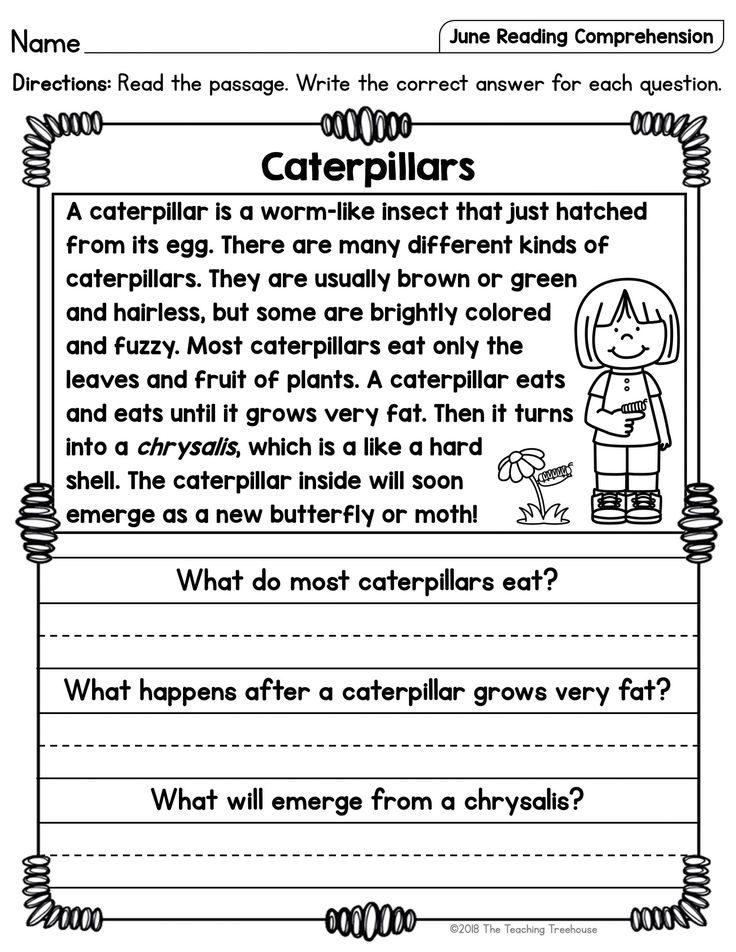
Test score
Speed score
Count how many words the child read in one minute. When counting words, pay attention:
- prepositions, conjunctions, particles of 1-2 letters are counted as one word;
- when wrapping, the word is counted as 2 words;
- if the word is written with a hyphen, look at how many letters are on both sides of the hyphen: if there are more than three, we count it as 2 words, for example, "long, long", if less than three, for example, "somehow", - as one .
Compare your score with the recommended range and your child's previous performance.
Comprehension score
Determine how well the child understood what they read. If the student reads slowly and has read only a couple of sentences, let him read the passage to the end. Ask your child a few questions about the text. Ask what or who he read about. Ask the child to identify the main idea of what they read and retell the text.
For a deeper check of the meaning of the reading and learning, use special teaching kits.
Correctness assessment
Pay attention to whether the child reads what is written correctly, whether he pronounces words clearly, whether there are hesitations and corrections, whether he alters words, whether he changes endings, whether he places stresses correctly. Discuss the mistakes with the student.
Evaluation of expressiveness
To assess the expressiveness of reading, the child is offered a familiar text. Listen to whether the child observes pauses and other punctuation marks, whether he changes intonation, whether he highlights the main idea.
Improving reading technique
Poor results in reading technique are not a reason to be upset, but only a signal that additional efforts need to be made to improve the skill. You can work with the child on your own or contact a specialist who will analyze the weak points and select the appropriate exercises. Conduct additional activities with the child in the mode of "sparing reading" without pressure. It is more important to observe the regularity and frequency of classes: 10-20 minutes daily.
How can you motivate your child to read:
- Reward your efforts with stickers, stars.
- Mark progress visually - create a success board so your child can visually see their progress
- Conduct activities in the form of a game, such as "going to the library" or "reading to your favorite toys."
- Choose books and texts that are interesting for your child.
- Let the child read to pets, they are grateful and accepting listeners. Reading to them, the child is not afraid to make a mistake, he relaxes and overcomes the fear of failure.
- Have a reading competition between peers and siblings.
To improve the speed of reading will help:
- Reading by syllabic tables.
- Multiple reading. Read the same text several times, increasing the pace.
From the second time the child will be able to read faster.
- "Tug". An adult leads a finger along the line, setting the pace. The child tries to read at a given pace.
- Tops and roots. The child reads the words, covering the upper or lower half of the letters with a ruler.
- Reading in a book turned upside down.
- Lightning. Alternating reading at a comfortable pace with reading at the highest possible speed for 20 seconds on the command "Lightning!".
- "Sprint". Reading speed competition between classmates.
- Work on expanding the field of view according to Schulte tables.
- Reading with a window to eliminate "regression" - recurrent eye movements that lead to repeated reading.
For correct reading:
- Work on clear diction, do articulation exercises.
- Read tongue twisters and tongue twisters.
- Invite the child to correct the deformed sentences: "The weather is good on the street.
"
- "Imaginary word". When reading, the wrong word is pronounced, the child must correct it.
Reading comprehension
- Wave Reading. First, the child reads aloud, then retells what he read.
- Drawing up a plan for reading.
- The student reads to himself at a comfortable pace, tells what he understood and felt, what he thought about
- Discuss unfamiliar words and expressions.
- Invite the child to draw a picture of the passage they read.
- Ask them to tell you what they liked about the text, what they remember.
For expressive reading
- Role-playing, staging.
- Put on a "radio show".
- Expressive recitation of poems.
- Voice flexibility training. The ability to speak quieter-louder, higher-lower.
- Conducting reading indicating the tone or strength of the voice.
- Live Picture. One reads, the other reacts with facial expressions.
Improving reading skills in elementary school is very important. It is fluent and meaningful reading that activates the processes of thinking, attention, memory and is the basis for a child's successful learning in the future. This detailed instruction on reading technique control will help you track and improve your child's skill development.
Russian language for students in grades 1-4
We develop thinking skills, prepare for the Olympiads and pull up the results in Russian in an interactive format
learn more
What the first study of reading and mathematics skills in schools showed - News of Uzbekistan - Newspaper. uz
The Ministry of Public Education of Uzbekistan and the United States Agency for International Development (USAID) on Thursday presented the results of the first National Study on the assessment of reading and math skills in primary schools. The study, launched in November 2021, was conducted using the EGRA (Early Grade Reading Assessment) and EGMA (Early Grade Mathematics Assessment) methods developed by the non-profit organization RTI (Research Triangle Institution) and used in more than 40 countries.
The survey covered more than 21,000 students in 937 schools across the country. Reading skills were tested in the language of instruction and in Uzbek (for schools where instruction is not in Uzbek), as well as knowledge of mathematics.
As explained by RTI, the EGRA and EGMA methodology involves assessing reading and math skills by the end of the second and fourth years of schooling. Since the timing of the study was shifted to November 2021 due to the COVID-19 pandemic, when the school year had not yet ended, the study covered students in the third and fifth grades.
Reading skills in the language of instruction
Reading skills assessment included testing letter and sound recognition, reading fluency and reading comprehension of the text read aloud (for 3rd grade), and reading aloud and understanding of the text read silently (for 5th grades). classes).
The study showed that, in general, students by the beginning of the 3rd grade distinguish sounds and letters well and read fluently.
Reading fluency increases by the 5th grade. So, if on average in the country third-graders in schools with the Uzbek language of instruction correctly read 49 words per minute, for fifth-graders this figure is 73 words per minute.
Reading fluency was significantly higher than the national average for third-graders in Navoi region (61 words per minute) and Tashkent city (56 words per minute). Worst of all, the reading fluency tasks were performed in Andijan region (41 words per minute) and Karakalpakstan (44 words per minute).
Advertisement on Gazeta.uz
Among fifth-graders, the highest reading fluency rates were noted in Navoi (83 words per minute) and Kashkadarya (80 words per minute) regions, the lowest in Andijan region (62 words per minute) and Karakalpakstan (66 words per minute).
The greatest progress in reading fluency from grade 3 to grade 5 was shown by students in Samarkand (from 49 words per minute in grade 3 to 77 in grade 5) and Kashkadarya regions (from 53 to 80), the least — in Namangan region (from 48 to 68) and Tashkent city (from 56 to 76).
In schools where education is not taught in Uzbek , fluency also increases by the 5th grade. The most significant indicators of fluency were noted in schools with the Russian language of instruction (60 words per minute in the 3rd grade and 106 in the 5th grade), and in the schools with the Turkmen language of instruction, the lowest indicators and little progress from grade 3 to 5 were recorded. -mu (36 words per minute in the 3rd grade and 49 in the 5th).
In terms of reading fluency, schoolchildren in Uzbekistan are ahead of their peers in other countries of Central Asia. If a student in an Uzbek school in Uzbekistan reads from 49 words per minute in the 3rd grade to 73 words per minute in the 5th grade, then the same indicators for students in Uzbek schools in Kyrgyzstan are 36 for the 3rd grade and 60 for the 5th grade th class. Fluency scores are also higher for schools with other languages of instruction.
| Uzbek schools language of instruction | Schools with Russian language of instruction | Schools with Taj. language of instruction | Kyrgyz schools language of instruction | ||||||
| Uzbek. | Kyrgyz. | Uzb. | Kyrgyz. | Taj. | Uzb. | Taj. | Uzb. | Kyrgyz. | |
| End of class 2 / the beginning of the 3rd grade. | 49 | 36 | 72 | 67 | |||||
As for reading comprehension, this indicator falls from grade 3 to grade 5.
One of the metrics used in EGRA for comparison is the percentage of students who scored 80% or more (threshold score) on comprehension tasks. So, if 57% of third-graders on average in the country were able to score 80% or more, then by the 5th grade this figure fell to 47%.
The greatest regression was noted in schools with the Tajik language of instruction: only 10% of fifth-graders scored 80% against 42% in the 3rd grade. Only in schools with the Kyrgyz language of instruction, progress was noted from the 3rd grade to the 5th grade.
In general, text comprehension is better in schools with Uzbek and Kazakh languages of instruction, worse in schools with Tajik and Turkmen languages.
The researchers note that the reason for this situation may be the difference in the length and complexity of the texts: for the 5th grade, longer and more complex texts were used compared to the 3rd grade. Also, the number of comprehension questions was increased from five for grade 3 to ten for grade 5.
In addition, while 3rd graders answered questions based on a text read aloud, in 5th grade comprehension questions were based on a text that children read to themselves.
In schools with the Uzbek language of instruction, the reading comprehension among fifth-graders in Samarkand, Bukhara and Surkhandarya regions is better (81%, 77% and 77% of correct answers, respectively, against 71% on average in the country), worse - in Karakalpakstan (61 %), Andijan and Namangan (62%).
Uzbek language reading skills (in schools where teaching is not in Uzbek)
Researchers note that the best reading fluency in Uzbek among third-graders is in schools with Karakalpak and Russian as the language of instruction (35 correct words) per minute), among fifth-graders - in schools with Russian (80) and Kyrgyz (76) languages of instruction. Reading fluency in Uzbek increases from grade 3 to grade 5.
It is interesting that if the level of understanding of the text in the language of instruction generally falls from the 3rd grade to the 5th grade, then the level of understanding of the text in the Uzbek language in schools with the Kazakh and Kyrgyz languages of instruction is growing.
However, the percentage of children who score the threshold of 80% or more on comprehension tests generally falls to grade 5 (excluding schools with the Kyrgyz language of instruction). The greatest regression was noted in schools with the Tajik language of instruction.
Factors affecting reading results (in the language of instruction and in Uzbek)
Researchers note that the following factors influence reading results: m classes cope better with reading tasks; in addition, the reading fluency of girls is, on average, 8 words per minute more than that of their male peers;
- socio-economic status: reading fluency in children with a higher socio-economic status was higher, but the level of understanding of texts in the language of instruction is the same for children;
- attendance: children who missed school more than once during the previous week read 6.8 fewer words per minute than children who did not miss classes;
- the difference between the language of communication at home and the language of instruction at school: children whose language of communication at home matches the language of communication at school are better at reading tasks;
- time spent studying during the period when the school was closed: children who spent time on studying during the period when the school was closed also cope with the tasks.
Knowledge of mathematics
Mathematical knowledge of the third graders was tested using tasks in seven sections, and the fifth graders were offered tasks in four sections of mathematics.
The study showed that third-graders perform better on number comparison and addition tasks, worse on relational reasoning and spatial reasoning tasks. No significant difference was found between boys and girls in tasks for comparing numbers, addition and subtraction, however, in other tasks boys showed better results than girls .
Fifth graders are better at solving tasks for operations with numbers and worse at tasks related to geometry. Boys' total scores were slightly higher than girls' total scores (59% versus 56%). It is interesting to note that the results of fifth-graders from schools with the Kyrgyz language of instruction turned out to be significantly higher than the results of their peers from other schools.
Researchers note low results in mathematics in Turkmen-teaching and Tajik-teaching schools. In terms of regions, fifth-graders of schools with the Uzbek language of instruction from Andijan and Karakalpakstan and third-graders from Samarkand showed results worse than their peers from other regions.
In general, children do well on tasks for calculating and algebraic thinking, but have difficulty with more complex tasks for applying mathematical knowledge in new situations .
Students who don't miss class and who make time to study during school closures perform better. Also, the situation when the language of instruction at school coincides with the language of communication at home has a positive effect on knowledge in mathematics.
Recommendations
The authors of the study recommend developing text comprehension skills, and applying mathematical knowledge to solve more complex and conceptual problems.

